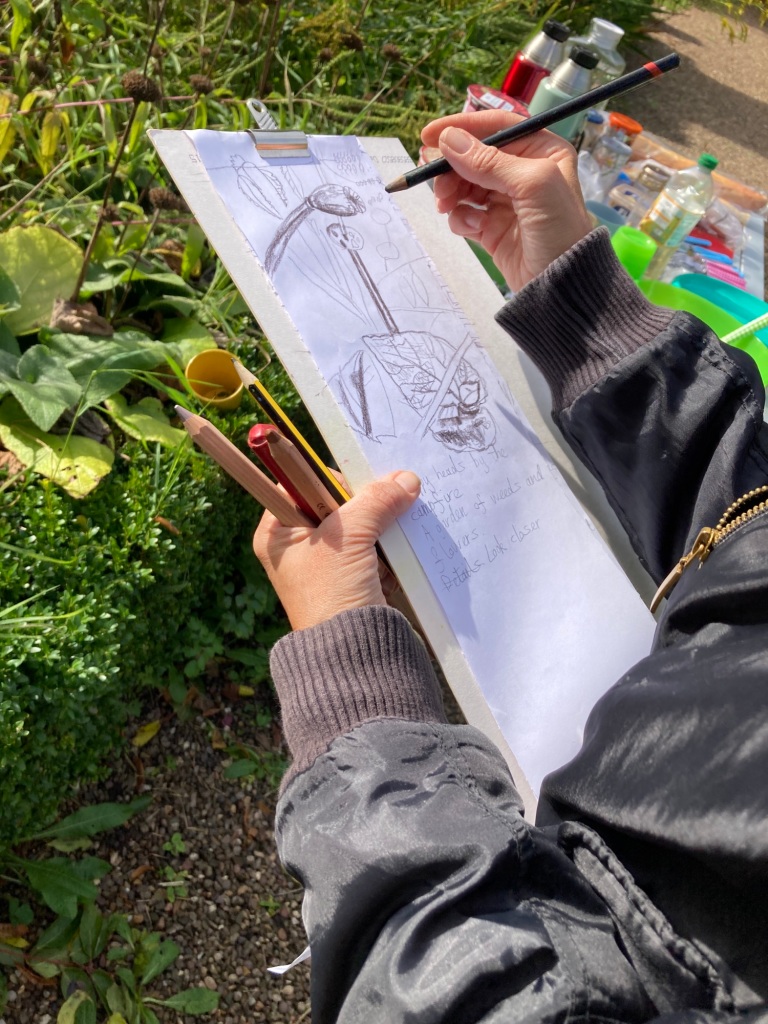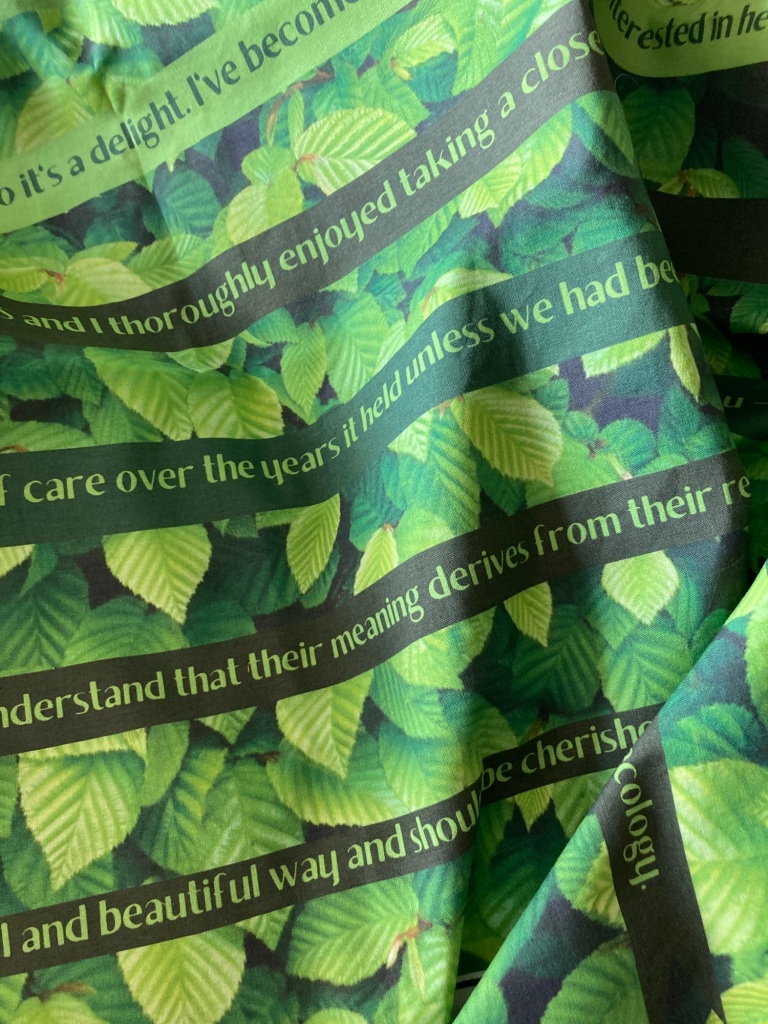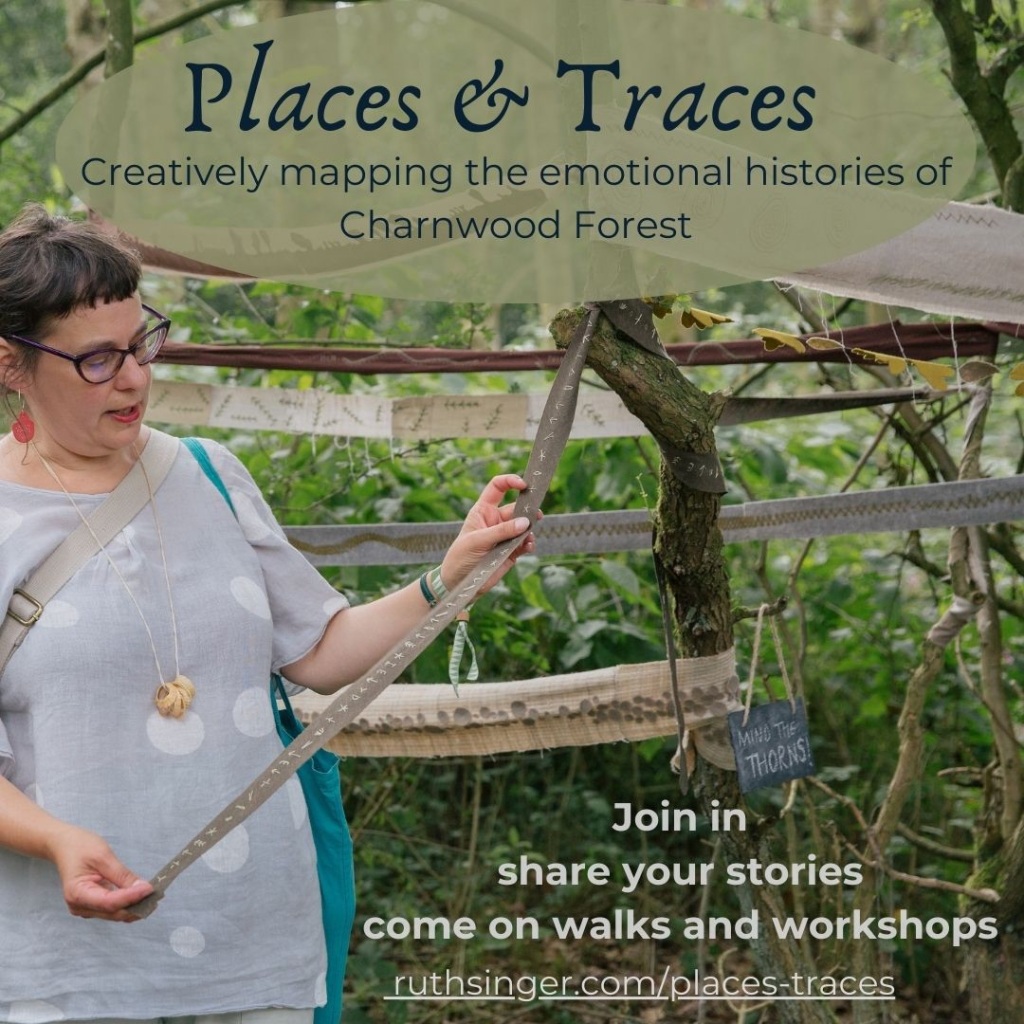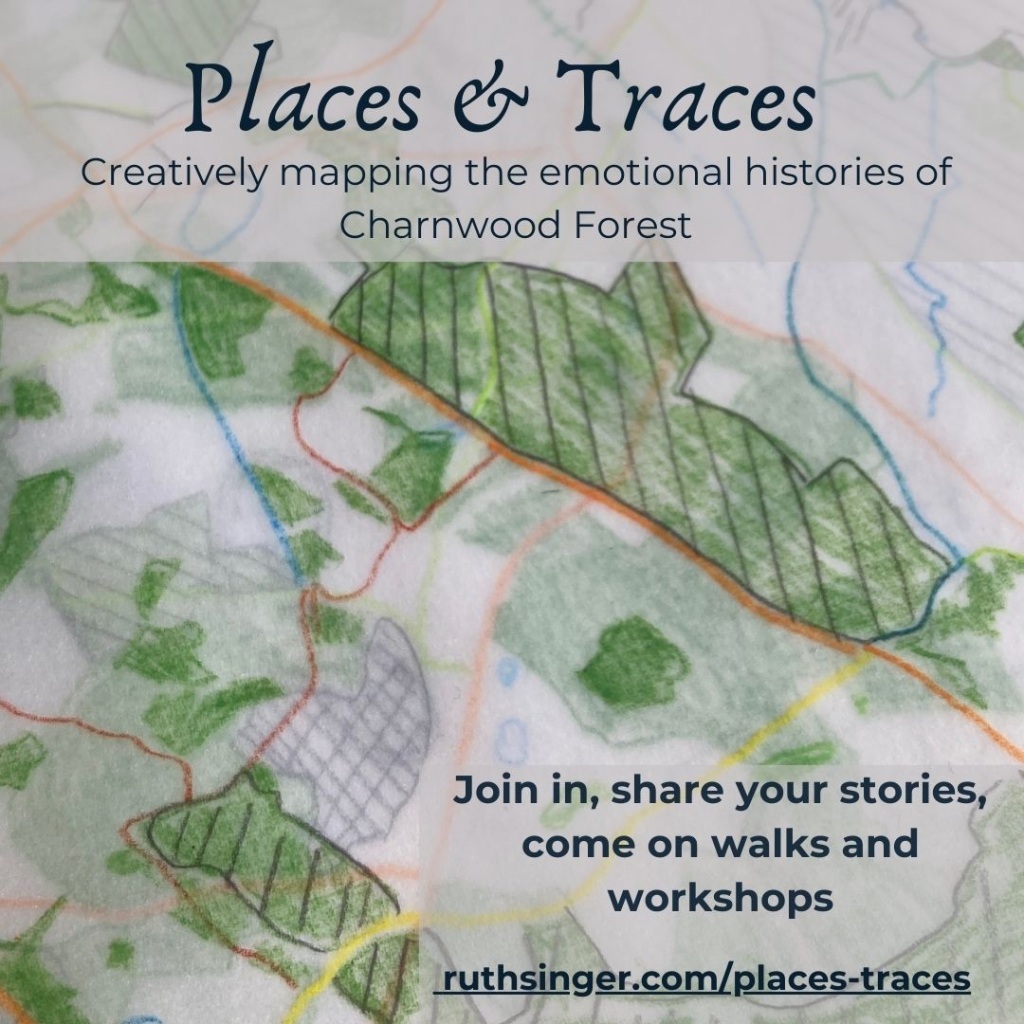This morning I gave up two hours to go to a nature recovery strategy residents consultation workshop. I left feeling deeply frustrated by the lack of clarity on the strategy and what input we could have and by the poor way it was run. It’s reminded me just how valuable public engagement skills are and how important engaging people, lots of people, is going to be if we are going to have any kind of meaningful nature recovery in this country.
Engaging people is a valuable skill set: managing an event, structuring activities, creating ways to inspire and draw out great stuff from people, producing accessible and interesting resources, making people feel valued for their contributions and knowledge, being clear and focussed on the purpose of coming to this event is… and so much more.

For many of us artists and creative freelancers this work is almost second nature. Creating connections and finding creative ways to engage people is so essential in the kind of work I do in the public-funded sector. It’s so second nature that it’s easy to forget that other people, other sectors, don’t know how to do it and their projects will never be as impactful as they could be. Because it’s second nature to many of us engagement professionals, it’s something that is undervalued across the sector. We tend to undervalue it ourselves because it’s ’just what we do’ and that doesn’t help with it being properly valued by employers and commissioners. I’ve often pondered how possible it is to learn engagement skills and if that’s something that I could be teaching. Way back 20 years ago when I was adult learning officer at the V&A I started developing a project with the Crafts Council on exactly that thing: supporting makers to develop their public engagement expertise because I kept coming up against the problem of brilliantly skilled craftspeople who were really bad at engaging with visitors about their work. I left that job before this came to fruition and I don’t think it ever happened but I really do wish it had. It clearly hasn’t spread into other sectors, either. I totally appreciate that not everyone has the knowledge and skills to make consultation events exciting, but if you can’t do it, employ someone who can! It makes me so frustrated that there are so many brilliant, imaginative, engaging and inspiring facilitators out there in the world that aren’t being recognised, valued and involved in this kind of work and they could make a huge difference to how successful these projects could be.

My other huge frustration with this event was that people were not mentioned anywhere in the strategy outline we were given. It was all about what needed to be done to nature, not about people doing that work, making those choices and changes let alone how the strategy was going to engage people who don’t care enough or at all about nature recovery. We are nature. I’m currently taking part in a course in permaculture for artists run by the brilliant, inspiring facilitator Liz Postlethwaite. As a result, I’m thinking a lot about how how nature-based systems can be part of the jigsaw in all kinds of public engagement work, including but not solely in nature-based working.
There’s so much potential for creative approaches in this kind of work, arts and artists are so amazing at creating connections and change-making in local communities – so again it makes me sad that there was nothing in this event or apparently in the strategy about bringing people in and sharing.
I’ve created myself some extra permaculture homework to think about how I might use permaculture tools to create a meaningful consultation event about local nature recovery strategies, or something similar.

I didn’t get the chance to say in the event that I’m actually running a project about engaging with the local landscape and special places which would link so perfectly. My Places and Traces project isn’t going to feed into any strategies, that’s not my purpose, but I do believe it is a great model for how to engage people with issues in a different and creative way.
For Places & Traces I’m inviting local people to share their emotional histories and personal engagement with the local landscape. This will bring out, I hope, so many places that are overlooked or under-resourced that would be perfect for the nature recovery strategy to pay attention to – and I’m drawing out this embodied local knowledge by creating community events, walks, workshops, writing, drawing, playing in the landscape and questions and provocations, map-making and so much more. It won’t involve sitting inside looking at PowerPoint, it will be outside, it will be creative and it will be fun!
I’m not really looking for facilitation work or for teaching public engagement skills at the moment, but days like today really makes me want to get back into this and make a difference in the world through creative practice. I might write more about it though, if there is interest, that’s more manageable for me at this time. I love sharing my thoughts on issues in and around the creative sector, which I am getting to do more at the moment through my Cultures of Care Group talks and subsequent podcasts. The next free group session is Thursday 18th July at 4pm. I’ll be talking about nature connection and creative care in working with land and landscape. You can find out more and book here: Cultures of Care Group – Ruth Singer


Let me know what you think